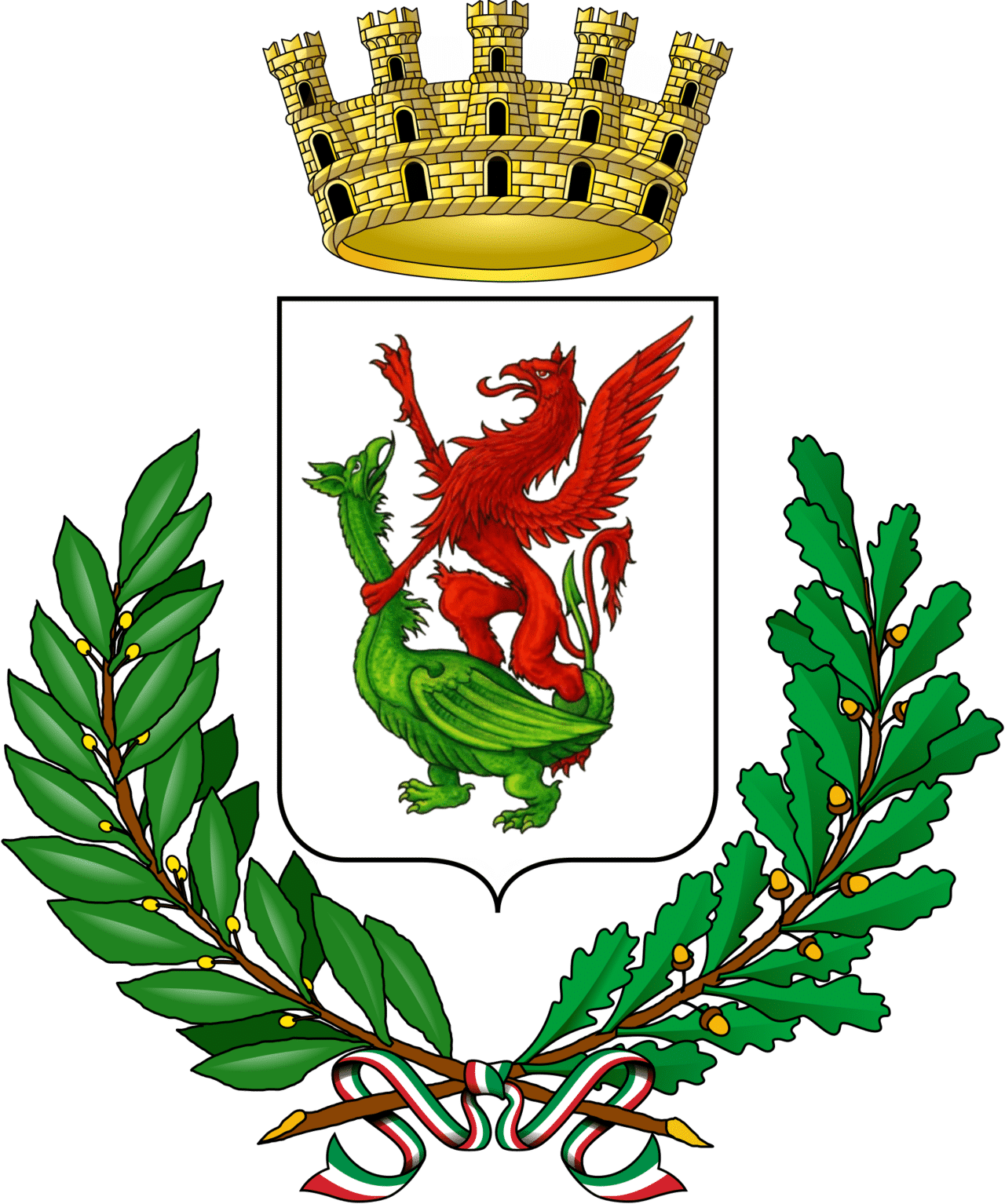VOLTERRA
Three thousand years of history, a thousand-year sedimentation of civilization
Three thousand years of history. This is Volterra, a thousand-year sedimentation of civilization.
Its land is rich in minerals, salt and prized alabaster made it rich, the Etruscans founded it, the Romans gave it one of the best-preserved theaters in Italy, the Middle Ages left behind vestiges of the communal season with tower houses, mighty walls, a Palazzo Pretorio and an imposing Palazzo dei Priori. The Medici conquered it and left it a mighty fortress as a dowry, the Renaissance dotted it with aristocratic palaces, and the Unification of Italy came with streets and a psychiatric hospital.
Volterra, this city of land rising from the earth, is well worth a visit, if only for a stroll through the alleys of the historic center.
For those who have the desire and time to stop and get to know it better, the Etruscan Museum is a must-see: it is here that the famous Ombra della Sera is preserved, a small anthropomorphic sculpture considered among the most important archaeological finds in the world. At Palazzo Minucci-Solaini, the Volterra Picture Gallery holds absolute masterpieces, such as Rosso Fiorentino’s famous Deposition and Domenico Ghirlandaio’s Christ in Glory altarpiece. If you are fascinated by Volterra’s alabaster, the finest in Europe, it is worth visiting its Ecomuseum or getting lost in the alleys of the medieval city in search of the workshops of the last alabaster workers still active.
About 29 km from Gambassi Terme, Volterra can be reached by car, following the Via Volterrana through one of Tuscany’s most fascinating landscapes.

